Have you ever thought of the secrets your teeth hold? For Neanderthals, teeth are time capsules, preserving secrets from the past. For instance, did you know that Neanderthals lived alongside early modern humans and interbred with them? Even though Neanderthals went extinct around 40,000 years ago, some of their DNA is present in modern human genomes. Studying teeth has also provided a glimpse into what these ancient humans ate, how they chewed their food, what their environment was like, and so much more. What else should you know about Neanderthal teeth? Read on to find out.
About Neanderthal Teeth
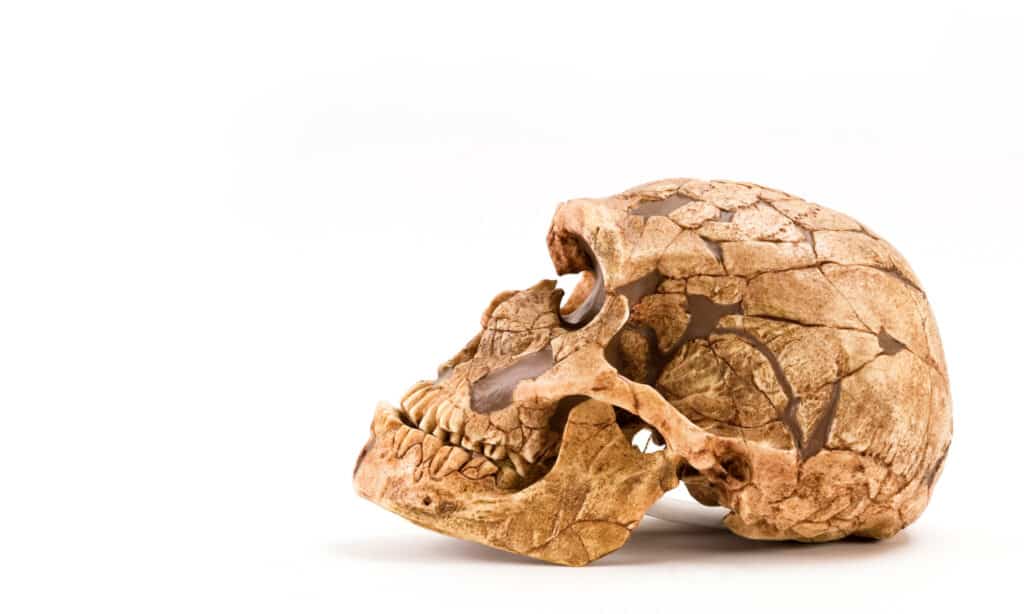
Neanderthals had large front teeth shaped like shovels.
©Valente Romero/Shutterstock.com
Your front teeth might be big, but they’re nothing compared to the chompers ancient humans had. Neanderthals’ front teeth were extra big and had a special shape that made them look like shovels. They also had bumps on the inside of their back teeth, and their back teeth were usually less worn than their front chompers.
Their front shovel-like teeth were extra strong, which made them perfect for processing tough foods like tree bark and raw meat. They also had to be strong enough to pick up the slack when other teeth failed. It was common to lose teeth due to their tough lifestyle and diet. When one tooth would leave, the other teeth had to be strong enough to compensate.
Why Teeth Are the Best Fossils
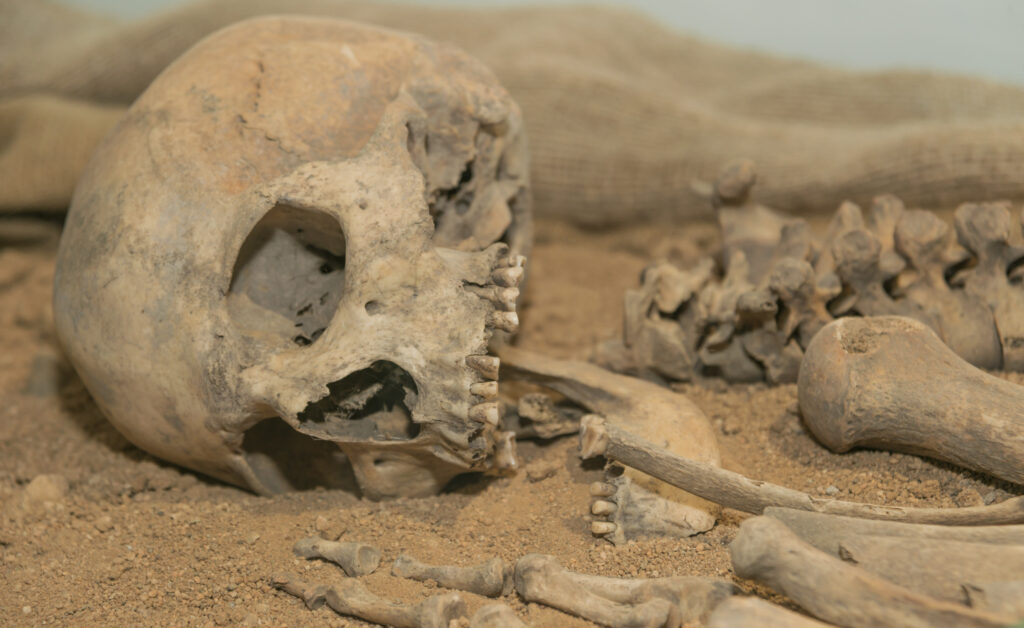
As one of the best fossils around, teeth can stay well preserved for long periods of time.
©GAS-photo/Shutterstock.com
Teeth are one of the best fossils to study. Ancient teeth tell us a lot about how Neanderthals lived, what they ate, and what their environment was like. For instance, scientists from the Icahn School of Medicine at Mount Sinai in New York conducted a study on 250,000-year-old Neanderthal remains. By studying the barium, lead, and oxygen levels in teeth, they could learn all sorts of things about how Neanderthals nursed their babies, the chemicals in their environment, and more. Their study showed that some Neanderthals were exposed to lead, likely from a contaminated food or water source.
Looking at tooth shapes can also help us figure out how different groups of humans are related to each other, which tells us about their evolutionary connections. If two populations have similar dental traits, there’s a good chance they’re closely related.
Dental Morphology: Distinct Neanderthal Features
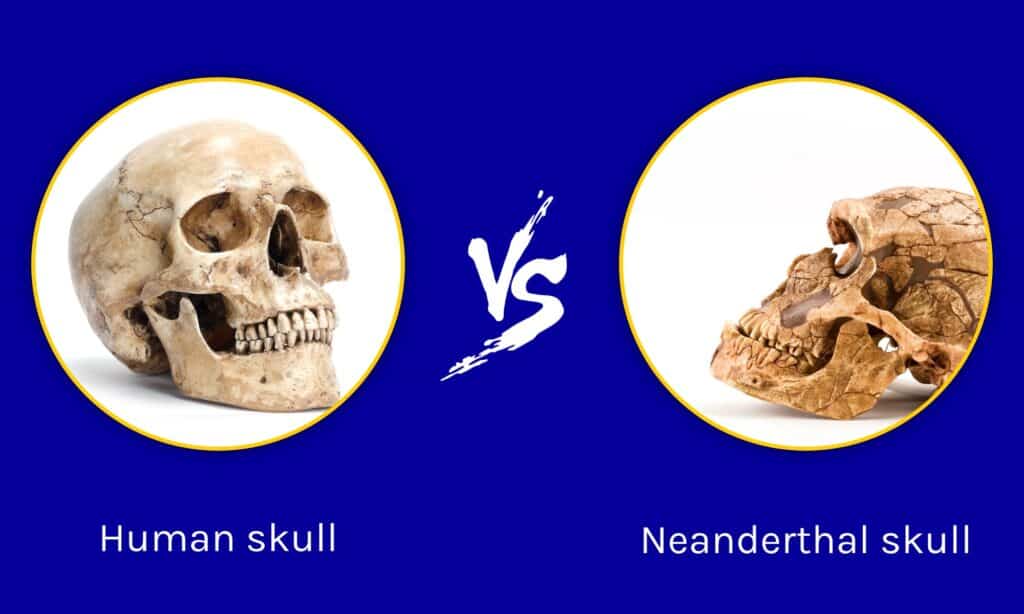
It turns out Neanderthal teeth develop completely differently than yours do. This discovery challenges previous beliefs that we shared some of their dental morphology. Neanderthals had a different pattern of tooth development than modern humans, with a longer period of growth and development. The speed of development was also different. Neanderthal teeth generally grew much faster than ours do.
Another major difference between Homo sapiens and Neanderthal teeth has to do with pulp chambers and tooth roots. They had significantly larger tooth roots than we do. They frequently had to deal with a condition called taurodontism, where the pulp chamber was much bigger than usual.
Neanderthal Dentists: Evidence of Prehistoric Dentistry
There were Neanderthal dentists? Well, not exactly, but they might have used toothpicks to clean their teeth or relieve pain. Dental abscesses were likely a common occurrence. Rather than suffering through, research suggests these ancient humans were clever enough to possibly come up with ways to get rid of the pain, or at least make it hurt less. A recent study led by a University of Kansas researcher suggests Neanderthals were using dental tools as long as 130,000 years ago.
The evidence? Toothpick grooves and scratches on teeth fossils. This lets us know that Neanderthals had enough awareness to know when it was their teeth that were hurting them. The study took place at the Krapina site in Croatia. And it’s here researchers have made several other important Neanderthal discoveries. For instance, they found ancient jewelry they made from eagle talons. Findings like this reshape how we view these “primitive” beings.
What Did Neanderthals Eat?
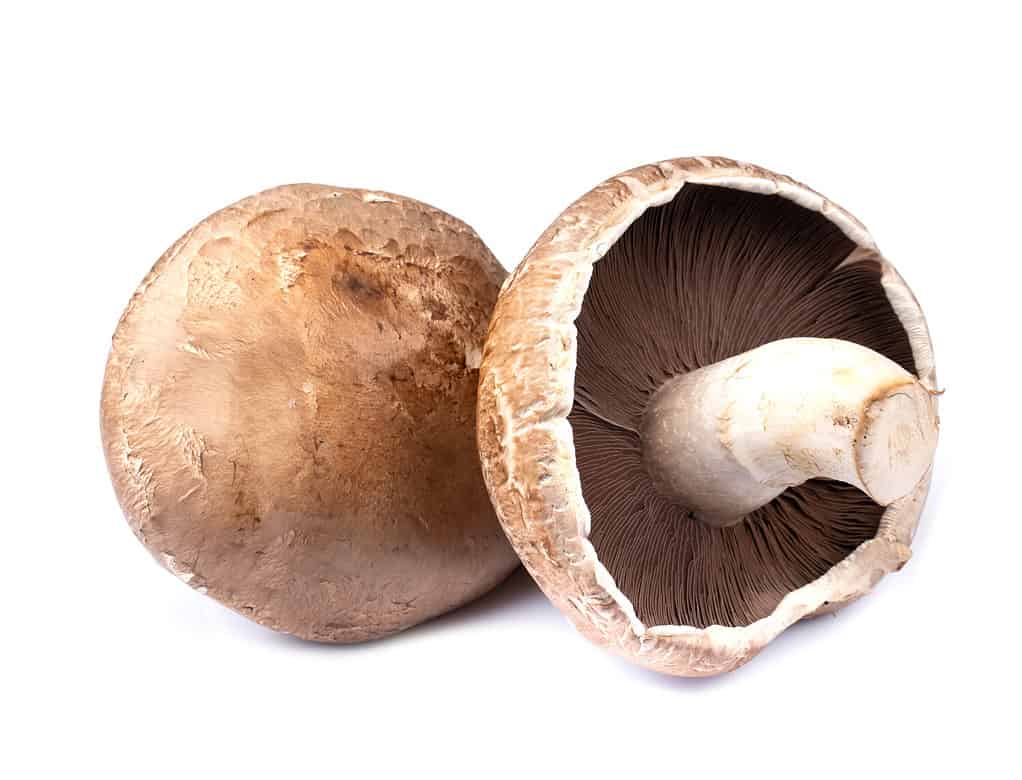
Neanderthals ate a lot more than just meat; they also ate a variety of plants like mushrooms.
©freedomnaruk/Shutterstock.com
Plaque is bad for your teeth but excellent for studying the past. Analyzing ancient plaques helps scientists learn all about what Neanderthals ate and more. The gunk on your teeth, or plaque, forms from proteins and microbes. Over time, it hardens to create dental calculus, which preserves these traces of microbes and food particles. Researchers can study dental calculus from hundreds of thousands of years ago, to make new discoveries today.
DNA extracted from Neanderthal dental calculus paints an intriguing story about how these extinct humans survived. For instance, traces of Penicillium mold and salicylic acid from poplar bark, show up in the calculus. These medicinal items let us know that Neanderthals had methods for dealing with things like stomach bugs.
Studying dental calculus has also shed light on the truth about vegetarian tendencies among Neanderthals. Sheep, rhinos, and woolly mammoths weren’t something they could always rely on. While some Neanderthals ate mostly meat, others had to survive on a more plant-based diet with foods like mushrooms and pine nuts. Sometimes they even ate tree bark, moss, and all.
Neanderthal Teeth Reveal Ancient Romance
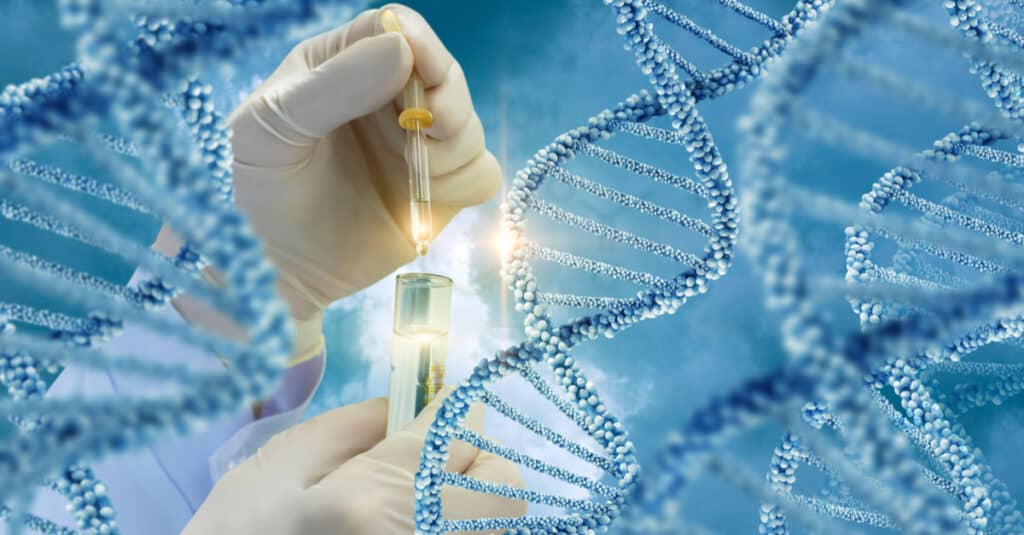
Some modern humans inherited Neanderthal genes related to tooth development.
©Natali _ Mis/Shutterstock.com
Neanderthal teeth fossils found in New Jersey are completely changing how we look at history. It turns out that Neanderthals and humans were interbreeding for a lot longer than previously thought. The teeth, which are less than 48,000 years old, belong to one of the youngest known Neanderthal populations. And they had a distinct overlap with modern humans. This discovery hints at the possibility of a hybrid population. So, while modern humans’ dental morphology and Neanderthals are distinctly different for most, it’s not the case for all. Some modern humans inherited Neanderthal genes related to tooth development.
Why would modern humans have children with Neanderthals? There’s a lot of different theories out there. Early modern humans might have adapted to new environments more effectively by interbreeding with Neanderthals. Acquiring Neanderthal genes meant tapping into survival traits that had been proving effective for thousands of years.
Neanderthal Jawline and Face Shape
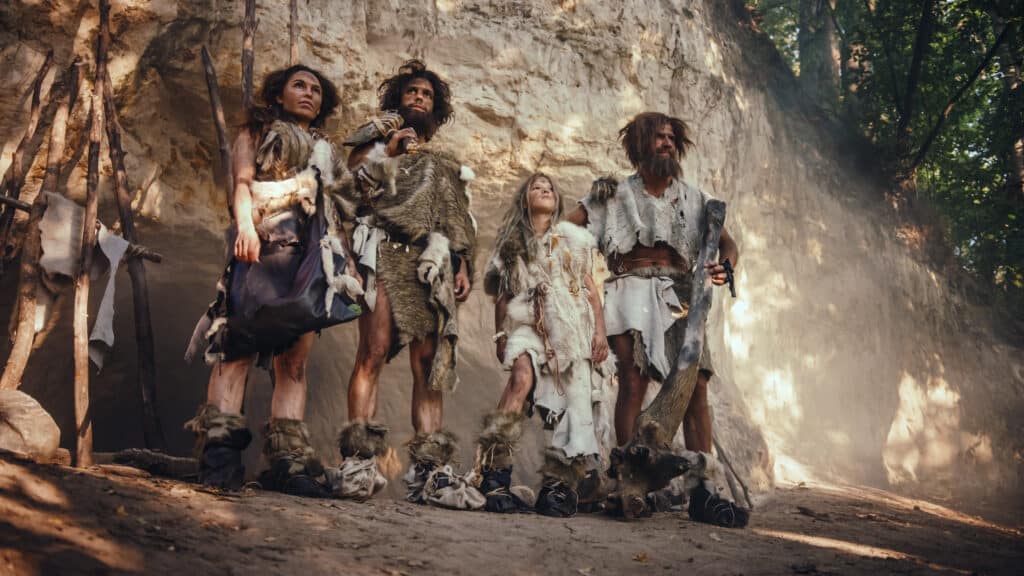
One theory suggests Neanderthals had protruding faces to help assist with nasal breathing.
©iStock.com/gorodenkoff
Neanderthals had a bigger brain size than you, but they housed it in a very different-looking container. Their cranial shape was much longer, and they had a distinct “cave-person” look, with a long, low skull, big double-arched brow ridge, protruding mid-face, and sloping forehead.
There are different ideas about why Neanderthals had certain facial features. Some research suggests their mid-face was protruding to assist with nose breathing, and that their overall large face size made chewing easier. It’s also possible a freezing cold environment was easier to survive with a big face.
Sharing Neanderthal DNA
You might be more like a Neanderthal than you think. It’s common to have at least 2% of Neanderthal DNA if you live outside of Africa. A lot of nose features are influenced by genes inherited from ancient human relatives like Neanderthals.
One research team found a gene, from Neanderthals, that can make noses appear taller in the up-and-down direction. This gene may have evolved because it helps humans adapt to colder climates. Having a taller nose may help control air temperature and humidity when inhaling. The next time you look in the mirror, remember that your face tells an ancient story.
The photo featured at the top of this post is © Roni Setiawan/Shutterstock.com
Thank you for reading! Have some feedback for us? Contact the AZ Animals editorial team.







